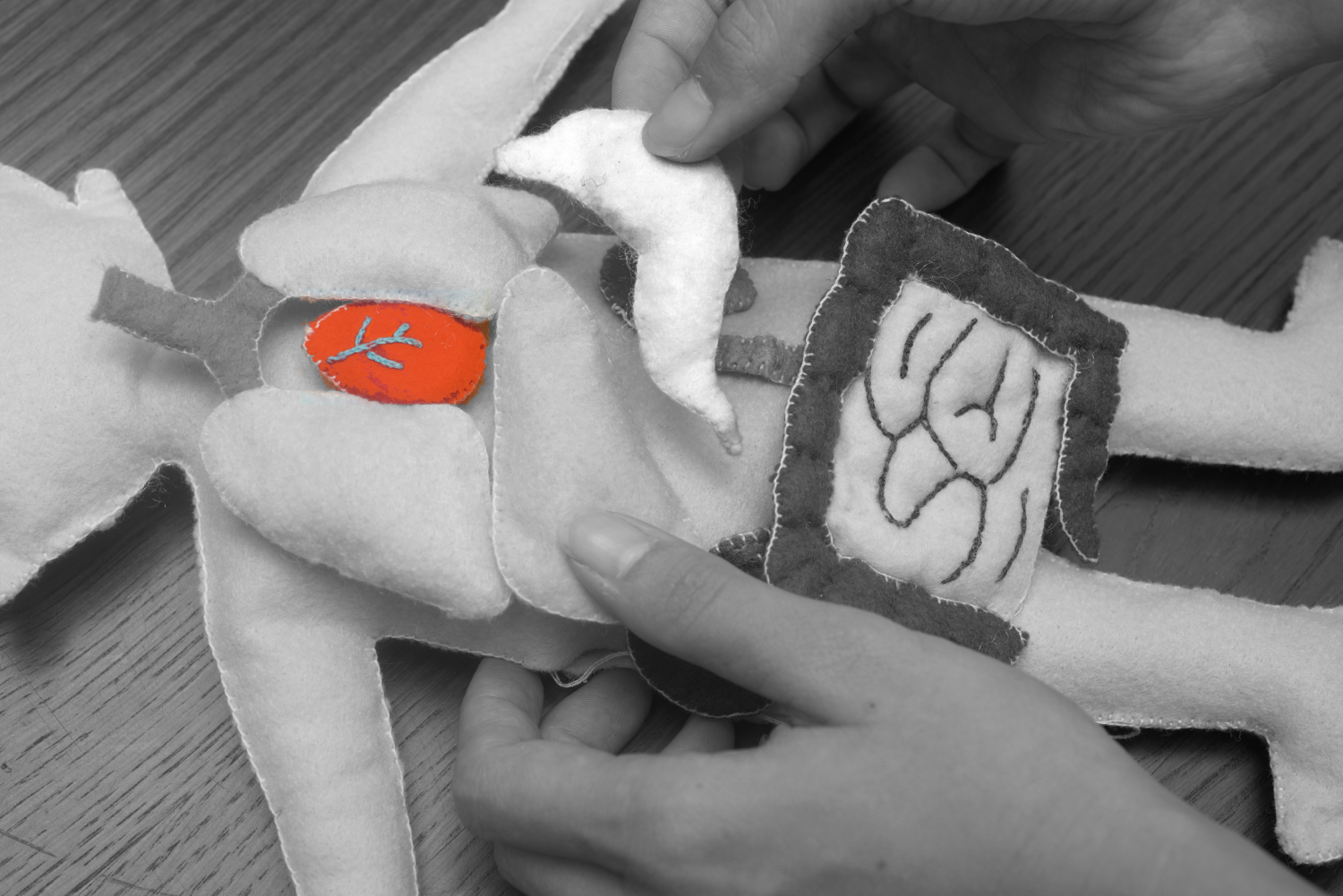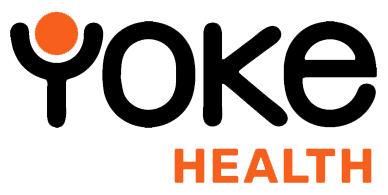The Anatomy of a Powerful Healthcare Case Study
Posted in Digital Healthcare Insights
If you’re not yet using case studies, you should be. Here’s why…
“90% of buyers who read positive customer success content claimed that it influenced their purchasing decision”.
– Dimensional Research
“71% of B2B buyers in the awareness stage and 77% in the evaluation stage cited testimonials and case studies as the most influential types of content”.
– Hawkeye
“44% of marketers say that case studies are the most effective content marketing tactic for lead generation”.
– vThe B2B Technology Marketing Group
And if you ARE using case studies, you can probably improve their effectiveness by following these six golden rules…
Always bear your ideal patient in mind – Understand who the reader might be and how you can show them that the story they’re reading applies to them.
Tell a story from start to end – Describe the problem your patient faced – make it emotive, if suitable. The goal here is to help your reader connect with the subject.
Keep it light and easy to read – It can be difficult to stay away from medical terms, long words and large chunks of text, but case studies MUST be digestible within a matter of minutes. They should also be scannable, so highlight key phrases, make your headlines descriptive and pull-out patient comments to show the progress of the story.
Know the most commonly used case study format (but consider amending it to fit your healthcare business).
The basic skeleton of a case study follows this structure:
- Description of the subject: Explain your customer’s or client’s history and pain points.
- Subject’s goal: Identify your customer’s or client’s goal for the project so readers understand what to expect.
- Hypothesis for strategy: Tell your audience what you expected to happen after you implemented your strategy for the customer or client.
- Implementation of strategy: Take the reader through the step-by-step process you used to help your customer or client.
- Results of strategy: Deliver the results in as much detail as possible, preferably with a quote from the client or customer.
- Concluding findings: Explain what this case study has taught you specifically and how it can help other people.
Include solid stats, facts and figures – Numbers and statistics hand your reader something solid to trust and understand. Rather than subjective cosmetic results around feelings, you might state how many patients choose your practice each year for the results they seek – or how many %-wise are ‘delighted’ with the outcome.
Introduce different media – Like a video interview of the key people involved in your patient’s care, or photos from each stage.

Monthly Archives
- July 2023
- July 2020
- June 2020
- May 2020
- April 2020
- March 2020
- February 2020
- January 2020
- December 2019
- October 2019
- September 2019
- August 2019
- July 2019

